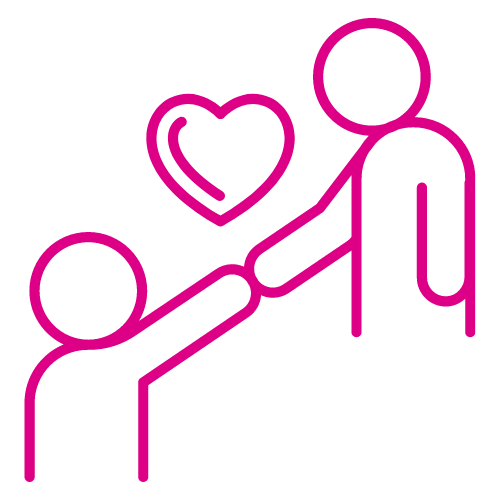

Mental and Behavioral Well-Being

Mental and Behavioral Well-Being
Categorizing Personality Disorders
Personality disorders are characterized by unhealthy, inflexible thinking patterns and behaviors that have a negative effect on everyday functioning and relationships. It is estimated that 9% of adults in the United States are affected by a personality disorder. The signs and symptoms of personality disorders typically emerge in late adolescence or young adulthood.
Mental health professionals recognize 10 types of personality disorders, which are grouped into three categories:
- Cluster A: Eccentric or odd thinking or behavior (paranoid, schizoid, and schizotypal personality disorders)
- Cluster B: Emotional, dramatic, or erratic thinking or behavior (antisocial, borderline, narcissistic, and histrionic personality disorders)
- Cluster C: Anxious or fearful thinking or behavior (avoidant, dependent, and obsessive-compulsive personality disorders)
Statistics shows that 67% of people with a personality disorder also suffer from a co-occurring mental health disorder. The conditions most commonly seen in people suffering from a personality disorder include:
- Anxiety disorders—present in over 52% of people with a personality disorder
- Mood disorders (such as depression or bipolar disorder)—present in over 24% of people with a personality disorder
- Impulse disorders (such as ADD/ADHD)—present in over 23% of people with a personality disorder
- Substance-use disorders—present in over 22% of people with a personality disorder
Because there is some overlap in symptoms, this can make it more difficult to diagnose personality disorders. The fact that traditional psychiatry typically makes diagnoses based on symptom clusters and rarely looks at the organ it treats also leads to misdiagnoses.
REFERENCES
Amen Clinics. Personality disorders. Retrieved from https://www.amenclinics.com/conditions/personality-disorders/


 By
By







